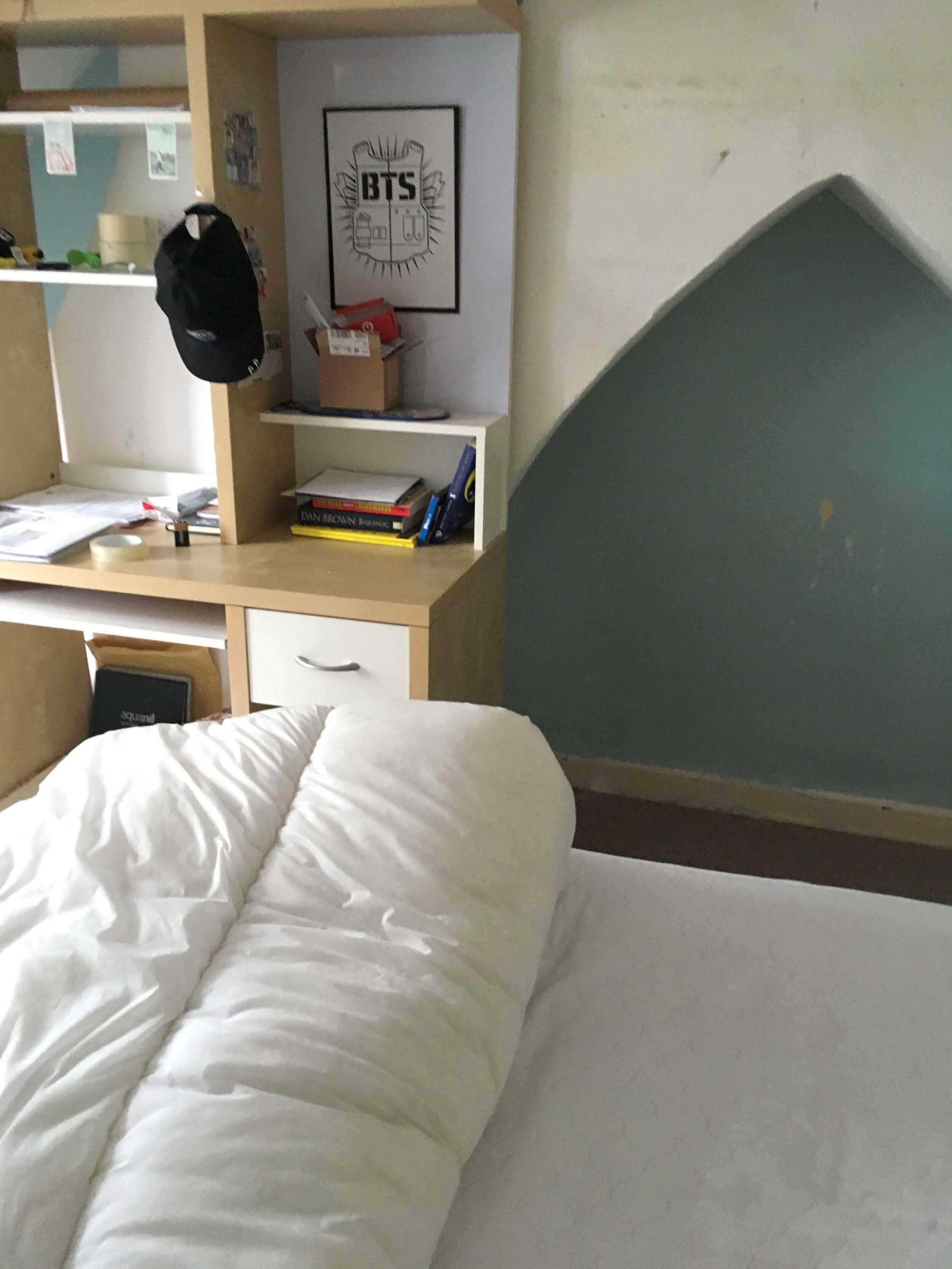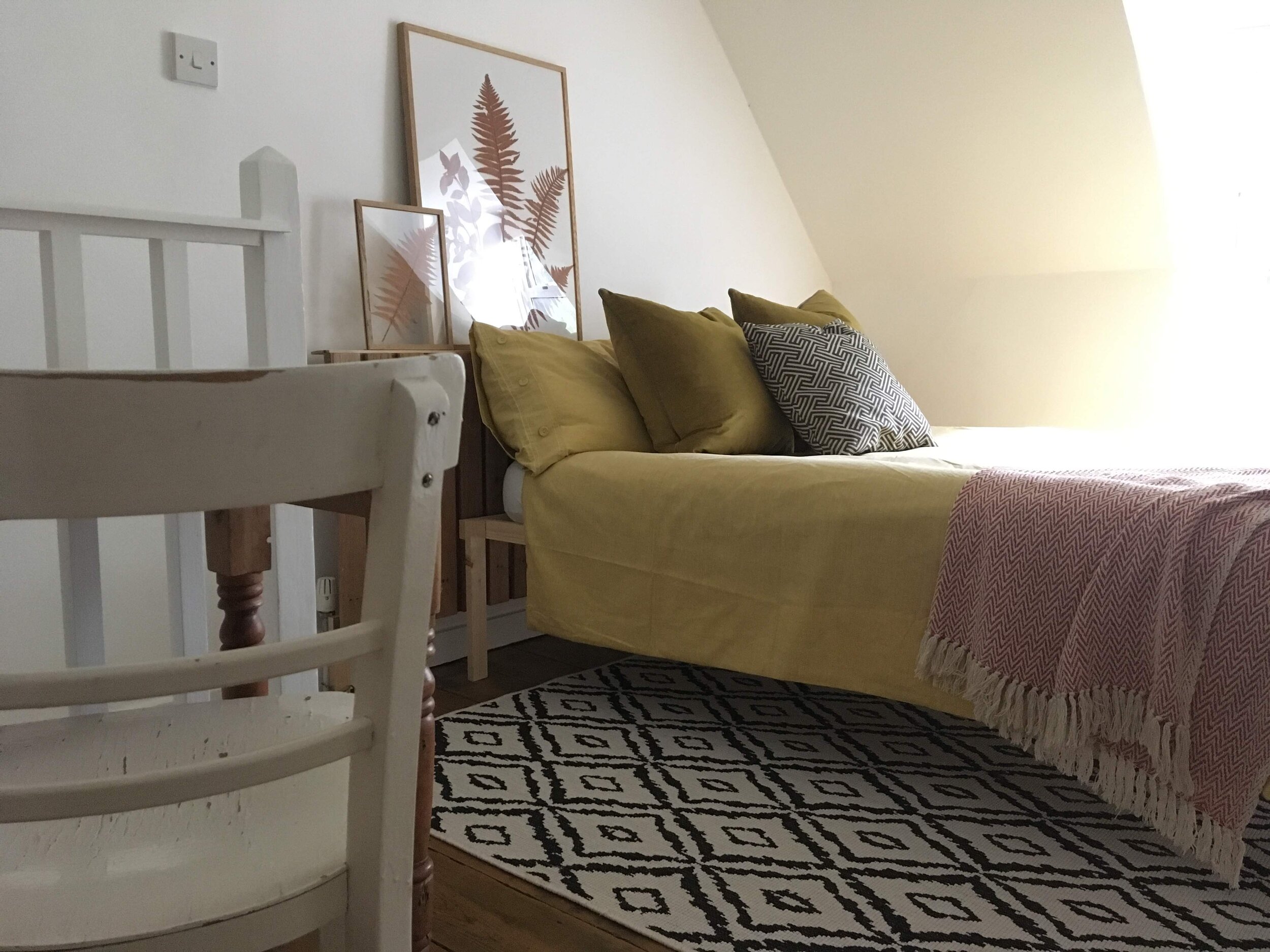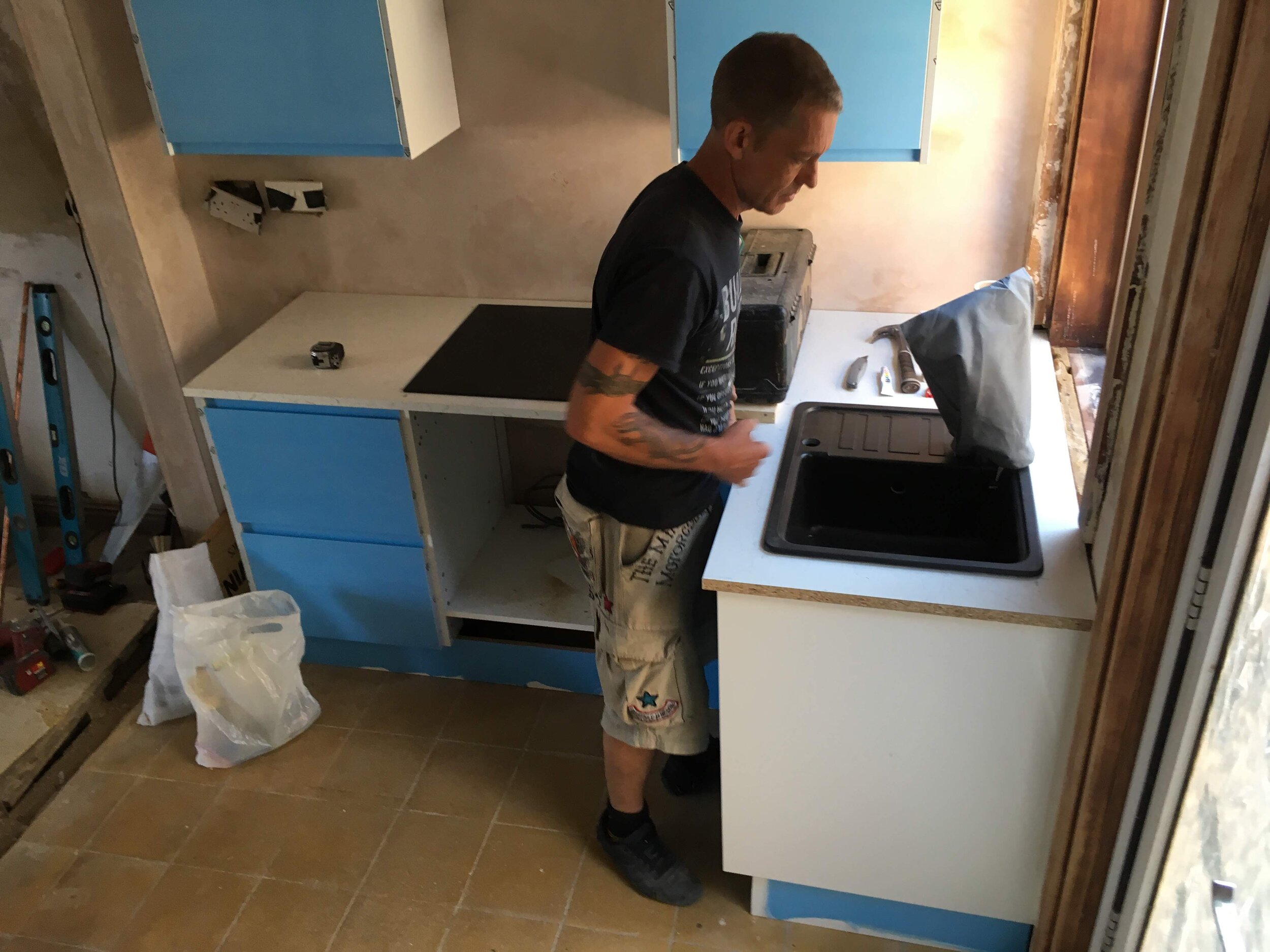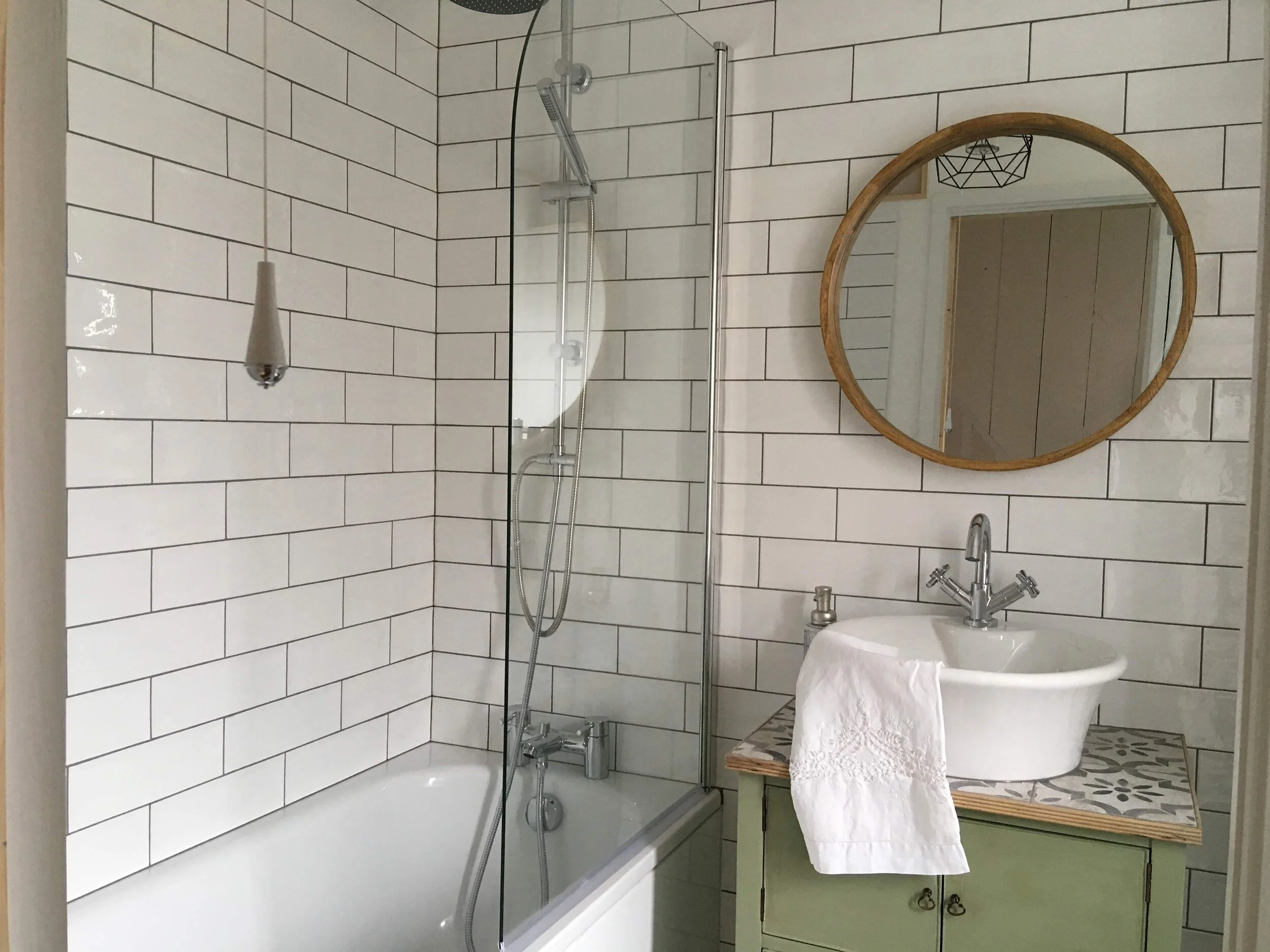RENOVATING FOR PROFIT: HOW TO CHOOSE THE RIGHT LEVEL OF WORK (AND STAY IN CONTROL OF YOUR BUDGET).
This brief article will guide you through the different levels of renovations that can be carried out on a property and the impact your decision-making process might have on your profit margins. It will also briefly touch on the perils of bad due diligence and planning during a renovation project (overcapitalising vs under-capitalising). It will also give you an idea of what can be done in order to maximise profits while sticking to a given renovation budget.
If you're thinking about flipping properties but feel unsure about how much work to do, or how to make sure your renovation actually increases value, this guide is for you.
There are different levels of renovation, and understanding the impact of each can help you avoid costly mistakes and get the best possible return.
This isn’t about doing more.
It’s about doing what matters, and knowing why.
Let’s break it down.
THREE LEVELS OF RENOVATION
Refresh (Basic Cosmetic Updates)
This is the lightest touch. It’s about making the property feel fresh and well looked after—without touching the structure.
Think: repainting walls, replacing flooring, painting kitchen units, updating taps and handles, new sockets, light fixtures, and some light landscaping.
Ideal when the layout works and you’re aiming for a quick turnaround.
A cosmetic renovation is, a renovation that improves the physical appearance of the property.
Refurbish (Deeper Cosmetic Upgrade)
This goes a level deeper. You might add a new kitchen, a new bathroom, update windows, doors, skirtings, or even roof repairs.
It still sits within the original structure, but involves bigger spend—and bigger visual transformation.
Ideal when the property feels tired and dated, but not dysfunctional.
Higher Cosmetic Refurbishment includes some or all of the basic cosmetic renovation items and adds to it the big ticket items within a property, such as the kitchen or bathroom.
Remodel or Extend (Structural Work)
This is the most involved. You’re solving layout problems or adding space.
It could be internal (moving walls, reconfiguring flow), or external (extensions, lofts, garages).
It comes with higher cost, more risk, and often planning permission, but can deliver strong returns if done with clear market logic.
Structural refurbishment generally aims at solving a current problem. For example, moving a bathroom to the upper floor from the ground floor, or enlarging a small kitchen into a family kitchen/diner, converting a loft space, converting a garage, and so on.
But here’s the catch:
Not all structural work adds value.
If it’s badly designed, or misaligned with what buyers want, it can actually hurt the sale.…
SO—WHICH ONE BRINGS THE MOST PROFIT?
There’s no one-size-fits-all answer.
Yes, structural renovations can bring the biggest returns…
But they can also run over budget, take longer, and increase risk if you don’t plan properly.
Cosmetic refurbishments, on the other hand, are faster, less complex, and often cheaper to fund, so they can offer better margins even if the resale jump isn’t as dramatic.
The real question is:
What will this cost me, and what will it unlock in resale or rent?
THE DANGER OF OVERCAPITALISING
One of the most common mistakes women make when flipping is doing too much.
Adding value doesn’t mean doing everything.
Overcapitalising means spending more than the property can return.
It happens when you go beyond what the market expects—or can afford to pay for.
But undercapitalising is just as dangerous.
That’s when the property feels unfinished, or key buyer expectations are missed—killing offers and slowing down the sale.
Both are the result of the same issue:
Not knowing who you’re renovating for.
THE KEY TO HIGHER PROFITS? RENOVATE FOR A SPECIFIC PERSON.
You can’t create value in a vacuum.
You need to understand:
Who is going to live here?
What do they care about?
What feels valuable to them?
Because profit doesn’t come from doing “everything.”
It comes from knowing what matters most—and letting the rest go.
That’s where FLIPIT students gain their edge:
They learn how to define their target buyer before lifting a finger on site.
That single mindset shift changes everything—from the renovation plan to the way they manage trades and budget.
HOW TO STAY ON BUDGET AND STILL MAXIMISE PROFIT
You don’t need a bigger budget.
You need better planning.
The biggest reason people overspend is they don’t visualise the finished project before starting.
They decide things on site, react to trades, and try to patch it all together.
That’s where profit leaks.
What works better:
Knowing who your buyer is
Planning what they need and value
Visualising your layout, finishes, and final look before you start
Creating clear documents for trades so your project runs on rails
That’s how you protect your budget and increase appeal.
One way of sticking to a budget while navigating though the decision-making process during a renovation project, is visualising alternatives and final results prior to undertaking the project itself.
A FEW FINAL MYTHS TO DITCH
“Stick to neutral and basic for broad appeal”
→ Not always. Bland doesn’t sell. Strategic personality does.“Making it unique costs more”
→ Not if you’re smart. It’s how you combine what you already have with a few standout touches that buyers connect with.“An extra bedroom always adds value”
→ Only if the layout still feels balanced and liveable. Cramped doesn’t sell.













